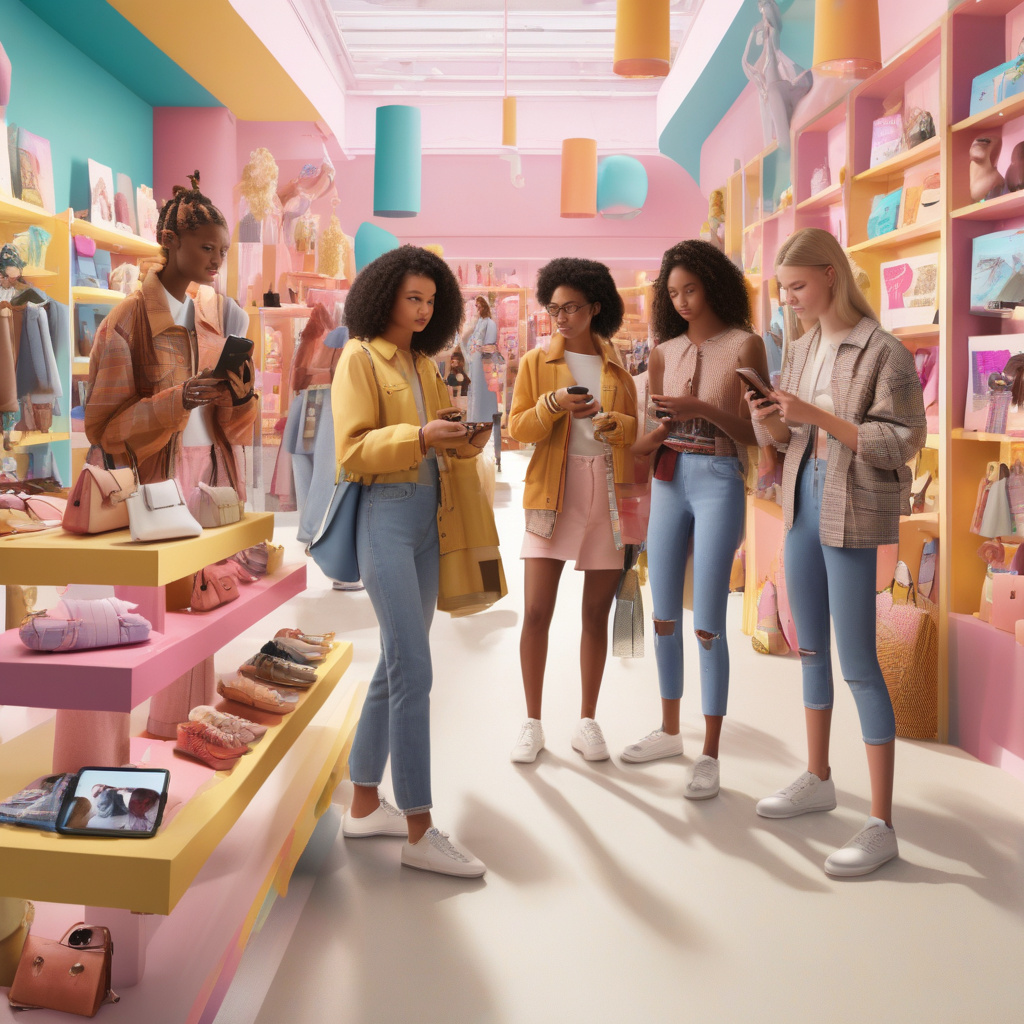Meeting the Demands of Gen Z: The Era of Instant Service and Social Shopping
In the fast-paced digital age we live in, the expectations of consumers, especially the younger generation, are evolving rapidly. Gen Z, born between the mid-1990s and early 2010s, is making its mark on the retail industry with demands for instant gratification and seamless shopping experiences. Retailers are feeling the pressure to keep up with these demands, particularly when it comes to providing quick responses and integrating social shopping into their strategies.
One of the key expectations of Gen Z is the need for instant replies. Unlike previous generations, who may have been more patient when waiting for a response from a retailer, Gen Z expects replies within minutes, with a study showing that 60% of Gen Z consumers expect a response within 10 minutes when they reach out to a brand. This means that retailers need to be on top of their customer service game, ensuring that inquiries are addressed promptly and efficiently.
Furthermore, Gen Z has shown a preference for social shopping, where they can browse and purchase products seamlessly through social media platforms. Apps like Instagram and TikTok have become hotspots for social shopping, with features like in-app checkout and shoppable posts transforming the way people discover and buy products online. Retailers who want to cater to Gen Z consumers need to have a strong presence on these platforms and make it easy for customers to shop directly from their social media feeds.
To meet the demands of Gen Z for instant service and social shopping, retailers are increasingly turning to technology solutions such as artificial intelligence (AI) and automation. AI-powered chatbots, for example, can provide immediate responses to customer inquiries, even outside of business hours. These chatbots are becoming more sophisticated, using natural language processing to understand and respond to customer queries in a human-like manner.
Automation is also playing a crucial role in streamlining the shopping experience for Gen Z consumers. Retailers can use automation to personalize product recommendations, send targeted marketing messages, and streamline the checkout process. By leveraging data and analytics, retailers can gain insights into the preferences and behaviors of Gen Z customers, allowing them to tailor their offerings and communications to better meet their needs.
One example of a retailer that has successfully embraced the demands of Gen Z is fashion brand ASOS. With a strong presence on social media platforms like Instagram and TikTok, ASOS engages with its audience through interactive posts, behind-the-scenes content, and influencer collaborations. The brand has also implemented AI-powered chatbots to provide instant customer support, ensuring that queries are resolved quickly and efficiently.
In conclusion, Gen Z’s demands for instant service and social shopping are reshaping the retail landscape, pushing retailers to adopt AI and automation to meet these evolving expectations. By embracing technology and leveraging data-driven insights, retailers can create seamless shopping experiences that resonate with the demands of the youngest generation of consumers.
#GenZ, #InstantService, #SocialShopping, #AIandAutomation, #EvolvingRetailTrends
